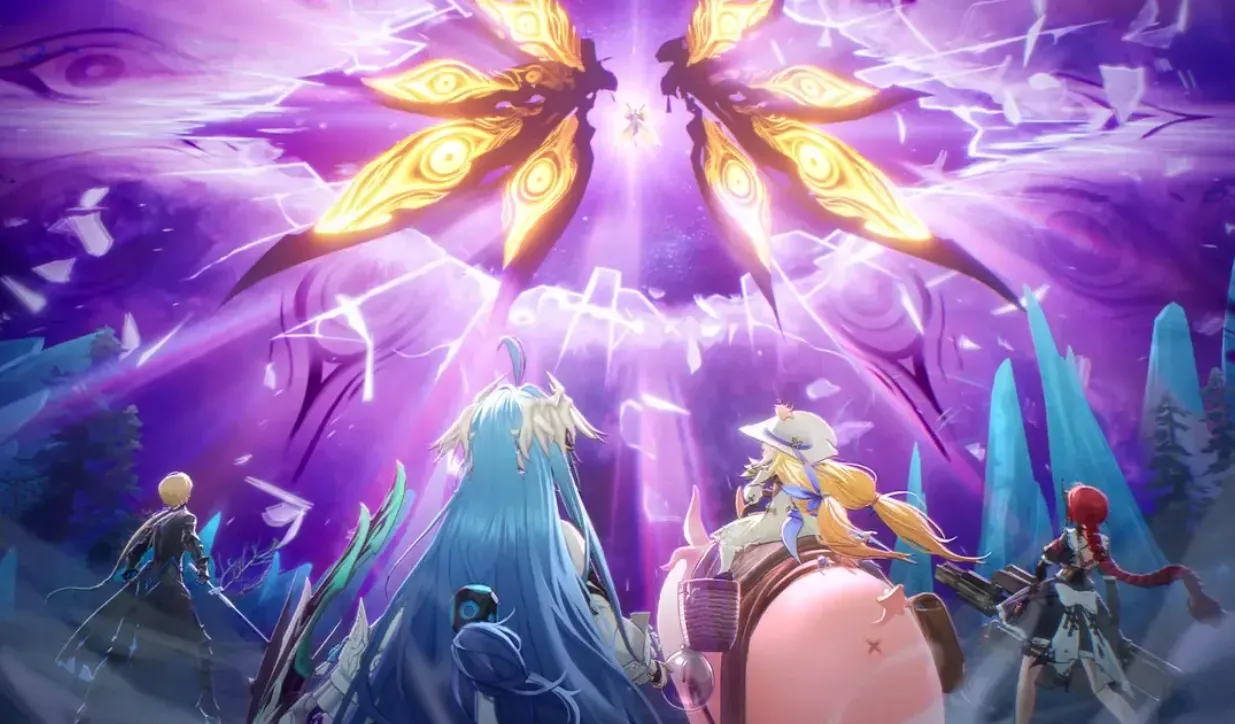Element advantage in Duet Night Abyss (400% vs. −50%)
The game’s element system is simple but punishing: hit the correct weakness and you deal dramatically more damage; bring the wrong element and you lose half your output. When your element has the advantage, your attacks gain a 400% damage multiplier against that target. When you’re not on the advantaged matchup, damage is cut by 50%.
This hard swing is why endgame content favors breadth. Late‑game stages can apply “weakened” tags to specific elements and lean on enemy compositions that punish single‑element lineups. If you only invest in one element, you will feel the penalty in both time‑to‑kill and survivability checks.
Element matchup chart (who counters whom)
| Enemy element | Use this element | Damage effect |
|---|---|---|
| Hydro | Electro | +400% (advantaged) |
| Pyro | Hydro | +400% (advantaged) |
| Anemo | Pyro | +400% (advantaged) |
| Electro | Anemo | +400% (advantaged) |
| Lumino | Umbro | +400% (direct opposite) |
| Umbro | Lumino | +400% (direct opposite) |
| Any other mismatch on the chain | — | −50% (non‑advantaged) |
| Lumino or Umbro vs any non‑opposite | — | −50% (non‑advantaged) |
Quick memory aid for the chain: Hydro counters Pyro, Pyro counters Anemo, Anemo counters Electro, Electro counters Hydro. Lumino and Umbro counter each other and are penalized against everything else.
Bonus Effects and what Lumino/Umbro do differently
All six elements apply periodic Bonus Effects tied to their element. Two of them add a twist that matters in longer fights:
- Lumino extends the duration of all active Bonus Effects.
- Umbro slows an enemy’s stance recovery.
These traits don’t replace the core advantage rules. Lumino still suffers a −50% penalty against non‑Umbro targets, and Umbro does the same against non‑Lumino. Treat the utility as additive, not a substitute for hitting the correct weakness.
Why a mid‑built counter can beat a maxed wrong element
The math is straightforward. The advantaged element gains a 4× multiplier, while the off‑matchup gets cut in half. That’s an eightfold swing between right and wrong matchups. In practice, a moderately developed character of the correct element often clears “weakened” or resistant stages faster than a heavily invested off‑element carry.
Build strategy for endgame (Immersive Theatre)
Endgame encounters push you to rotate elements instead of leaning on a single vertical build. Plan your roster so you can field the correct counter across the full wheel:
- Cover the chain: have at least one capable option for Hydro, Pyro, Anemo, and Electro.
- Prepare a Lumino pick and an Umbro pick for their direct-opposite fights.
- Distribute key upgrades (weapons, Wedges, core passives) so multiple characters can step in without falling off a cliff in performance.
This doesn’t mean six equally maxed builds from day one. Aim for a reliable “swap‑in” baseline across elements—enough damage, uptime, and survivability to leverage the 400% window whenever a stage or boss composition demands it.
Quick checks before a stage
- Identify enemy elements and any “weakened” tags on the stage. Match your lead element using the chart.
- Avoid Lumino or Umbro unless you’re facing their opposite. Their utility is strong, but the −50% penalty elsewhere is costly.
- If your main carry is off‑element, compare clear speed with a mid‑built advantaged unit. The advantaged unit will usually win.
- Spread consumables and flexible gear so you can reassign them quickly when a stage flips its elemental demands.
What this means moment to moment in combat
Leaning into advantage is more than picking the right portrait at the lobby screen. In fights with mixed mobs, target priority matters. Focus your advantaged element on enemies it counters to take full benefit of the 400% window, then rotate or swap for the rest. If you’re running Lumino, time your extensions to keep stacked Bonus Effects rolling; if you’re on Umbro, exploit stagger windows longer by pressing stance breaks when your debuff is active.
The takeaway is simple: the element system is a gatekeeper. If you build horizontally—covering the chain, plus Lumino and Umbro—you’ll clear difficult content faster and avoid the trap of over‑investing into a single element that struggles the moment a stage flips its weaknesses.


